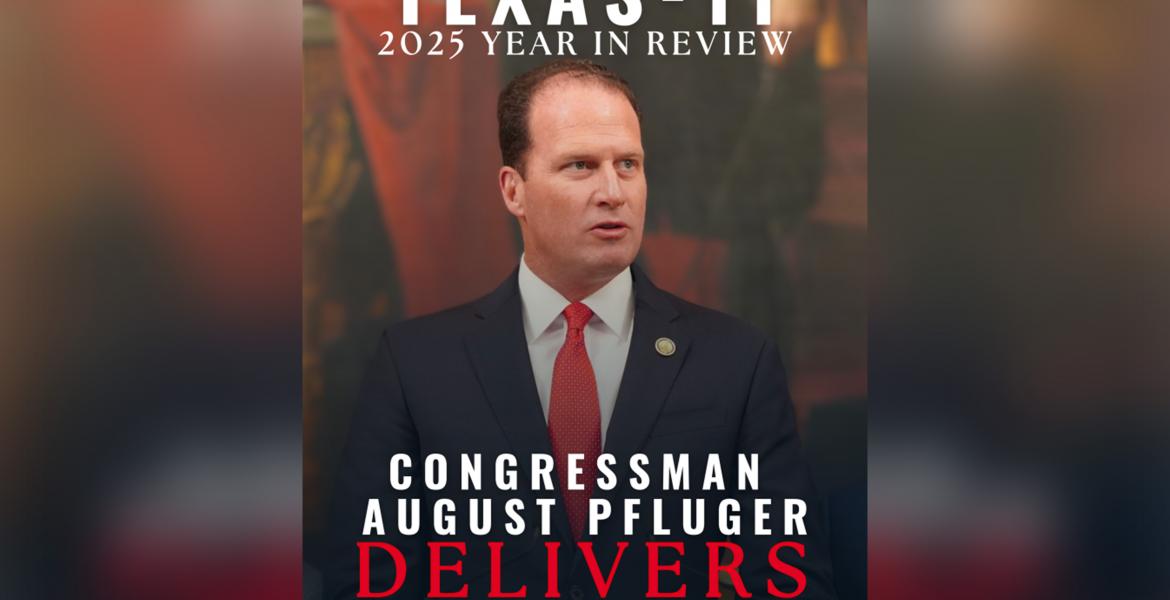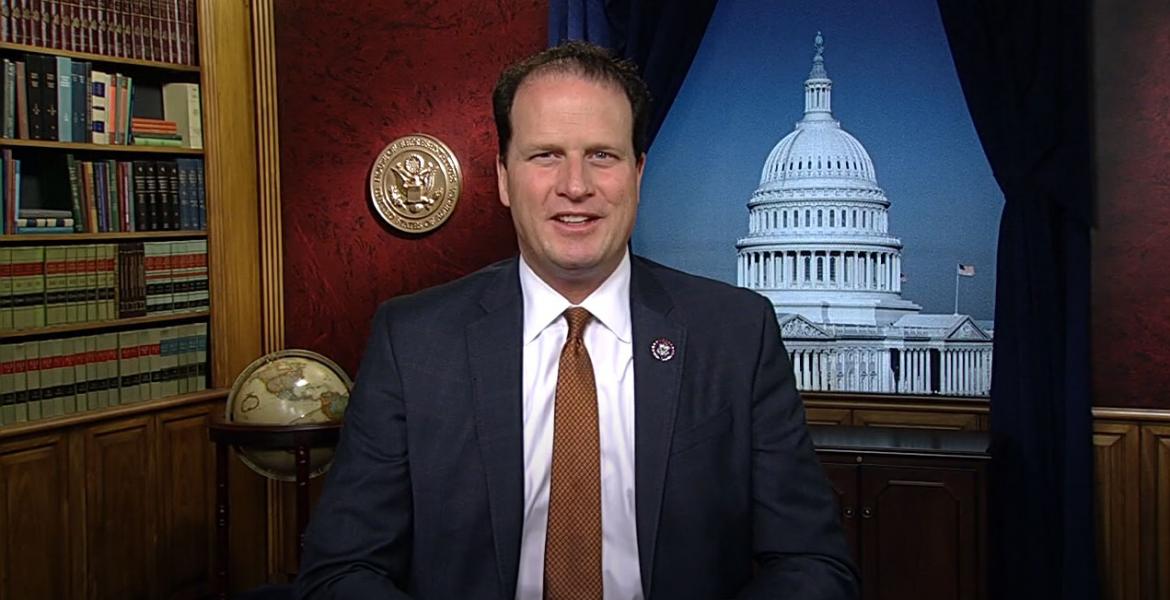AUSTIN – Texas lawmakers are meeting in Austin to conduct the once-a-decade task of redistricting political lines across the lone star state. The process may seem hyper-partisan and messy in the media, but the procedures are very strict with very little leeway.
Although the legal and procedural framework governing legislative redistricting under the Texas Constitution may remain the same, every decade sees a different, often unpredictable, path for state redistricting plans, depending on legislative, gubernatorial, Legislative Redistricting Board (LRB), and judicial action. The history of the redistricting process during the 1980s, 1990s, 2000s, and 2010s illustrates some of the different courses decennial redistricting can take. In general, the procedural and legal requirements dictate that the basic process takes the course that is described below.
While the order of the steps remains the same as indicated, the dates discussed are those required under federal and state laws. The COVID-19 pandemic led to a delay in the release of 2020 census data, and the data were not available before the end of the regular session. As a result, the LRB has no authority for redistricting in 2021, and legislative action relating to all district types will take place in a special session.
2021 changes include:
-
apportionment data for congressional districts was released on April 26, 2021, rather than on the preceding January 1 as provided by federal law;
-
detailed redistricting data was delivered to states on August 12, 2021, after sine die adjournment of the 87th Regular Session; and
-
the 3rd Called Session of the 87th Legislature convened on September 20, 2021, to consider state legislative, congressional, and State Board of Education (SBOE) redistricting, among other issues.
Federal census population data is required by federal law to be deliverd to the legislature no later than April 1 of the year following the decennial census, and the data is usually provided several weeks earlier. As soon as the census data is verified and loaded in the computer systems, the members of the legislature and other interested parties begin drawing plans. Bills to enact new state redistricting plans follow the same path through the legislature as other legislation.
If Texas senate or house districts are not enacted during the first regular session following the publication of the decennial census, the Texas Constitution requires that the LRB, a five‐member body of state officials including the lieutenant governor and the speaker of the house, meet and adopt its own plan. The LRB has jurisdiction only in the months immediately following that regular session.
If congressional or SBOE districts are not enacted during the regular session, the governor may call a special session to consider the matter. If the governor does not call a special session or the special session fails to enact a plan, then a state or federal district court likely will issue a court‐ordered plan in time for the next election. Similarly, if the legislature and the LRB fail to adopt a state senate or state house plan, including at a special session called after the LRB's jurisdiction has ended, a court will likely issue a plan to fill the void.
A suit challenging an adopted redistricting plan may be brought at any time under the federal or state constitution or under federal law. Before 2013, Texas and certain other states were required to obtain federal preclearance of any redistricting plans before they could be implemented. In 2013, the applicable provision of the federal Voting Rights Act bringing those states under preclearance was held invalid by the U.S. Supreme Court.
The filing deadline for primary elections established by the Texas Election Code allows approximately six and one-half months from the end of the regular legislative session for the governor to act on any redistricting legislation passed, for the LRB to meet if necessary, for any special session called to consider redistricting if necessary, for court action, and for counties to make necessary changes in county election precincts.
The Senate Special Committee on Redistricting is meeting Tuesday to consider and hear public testimony on committee amendments to SB4 (Senate Proposal) and SB7 (SBOE Proposal). The committee will meet and hear public testimony on SB6 (Congressional Proposal) on Thursday, September 30.
Subscribe to the LIVE! Daily
Required






Post a comment to this article here: